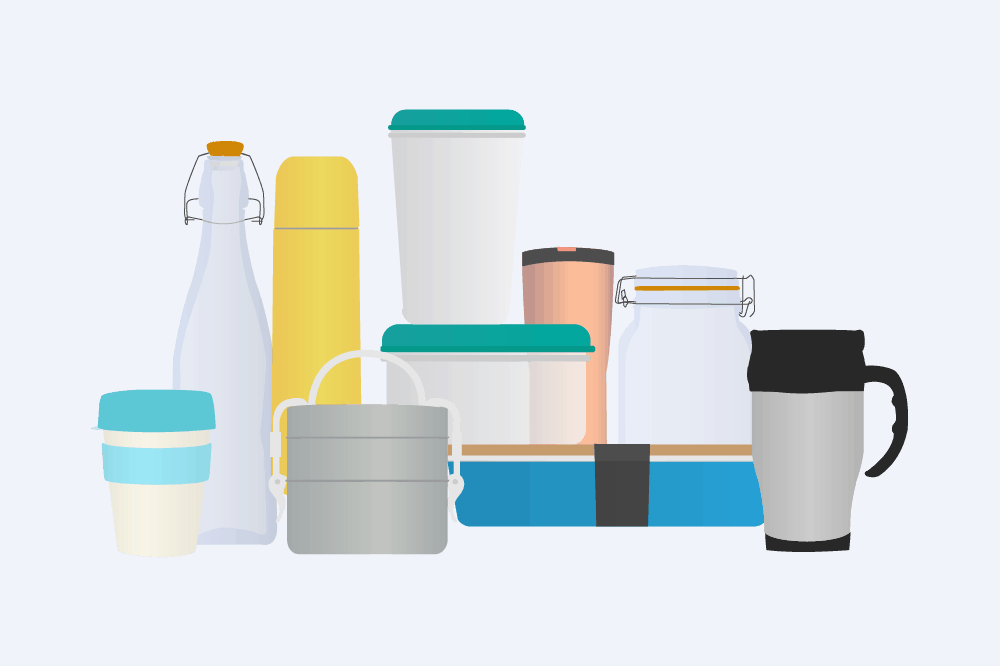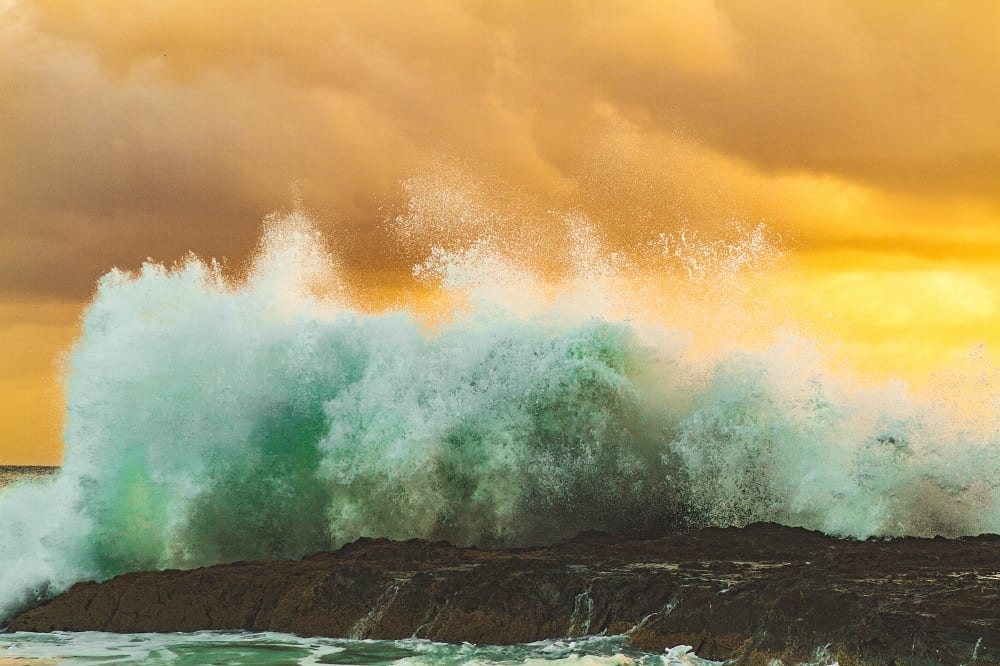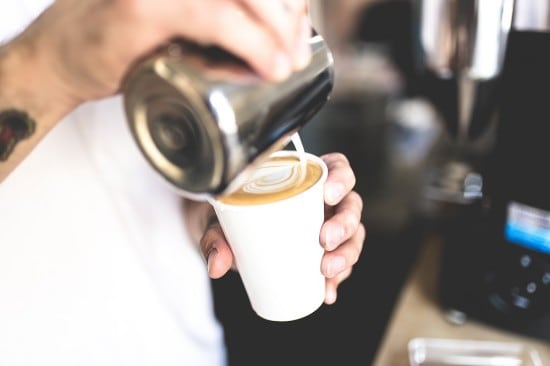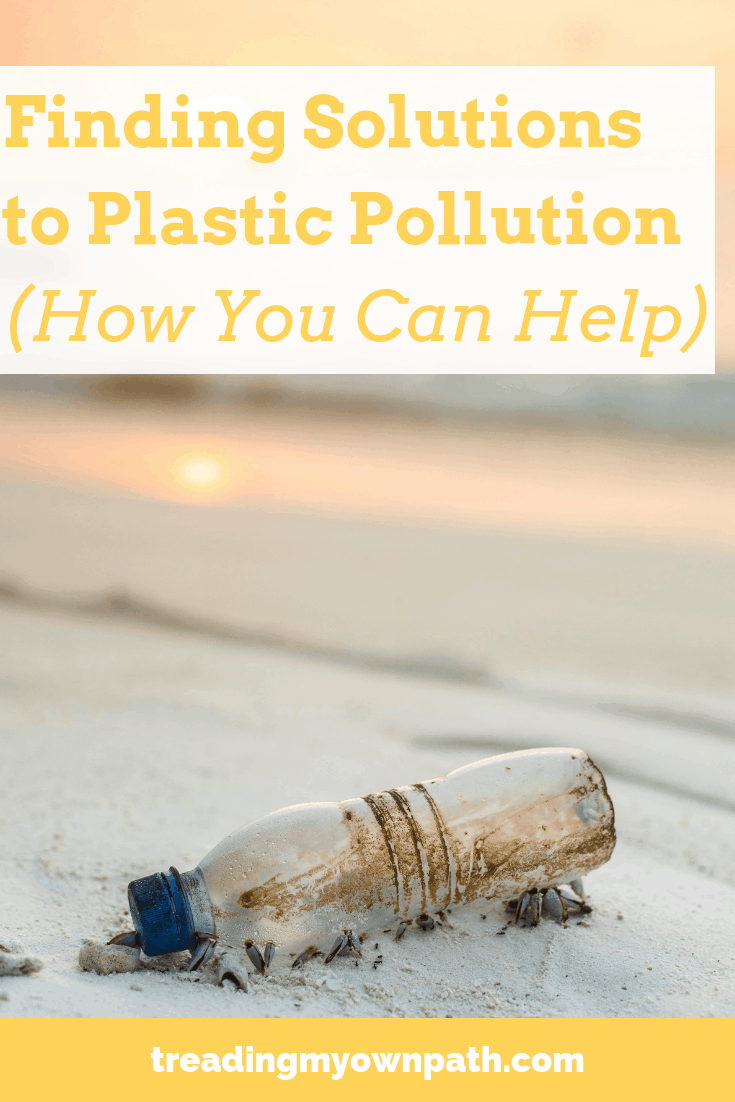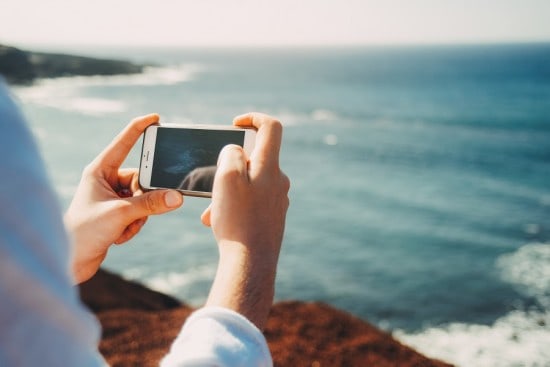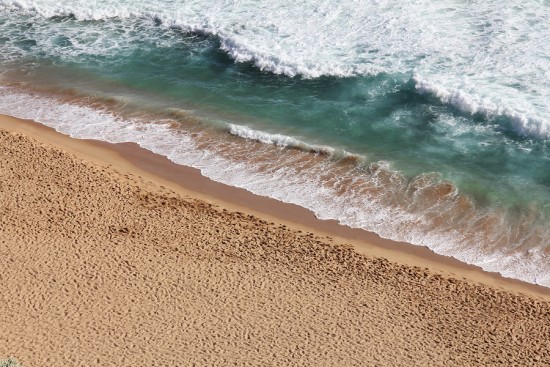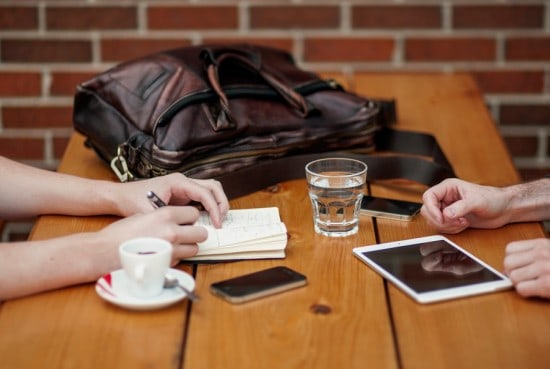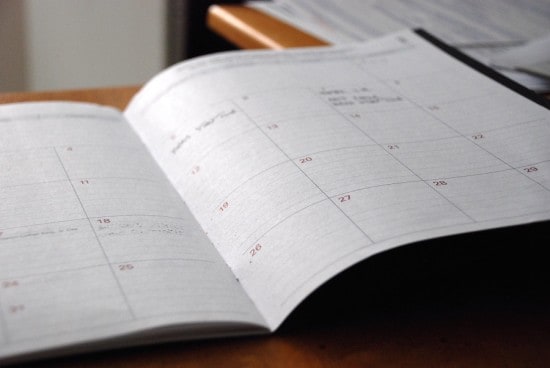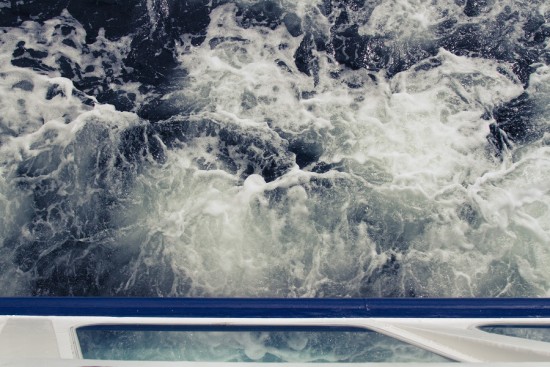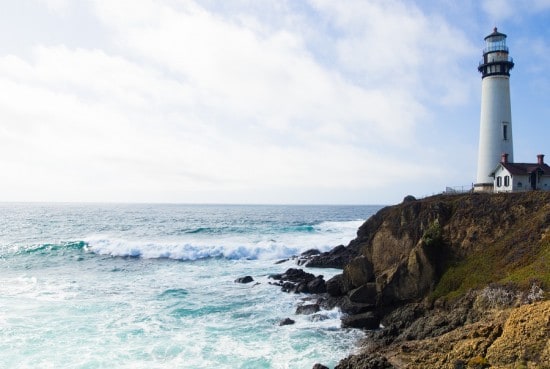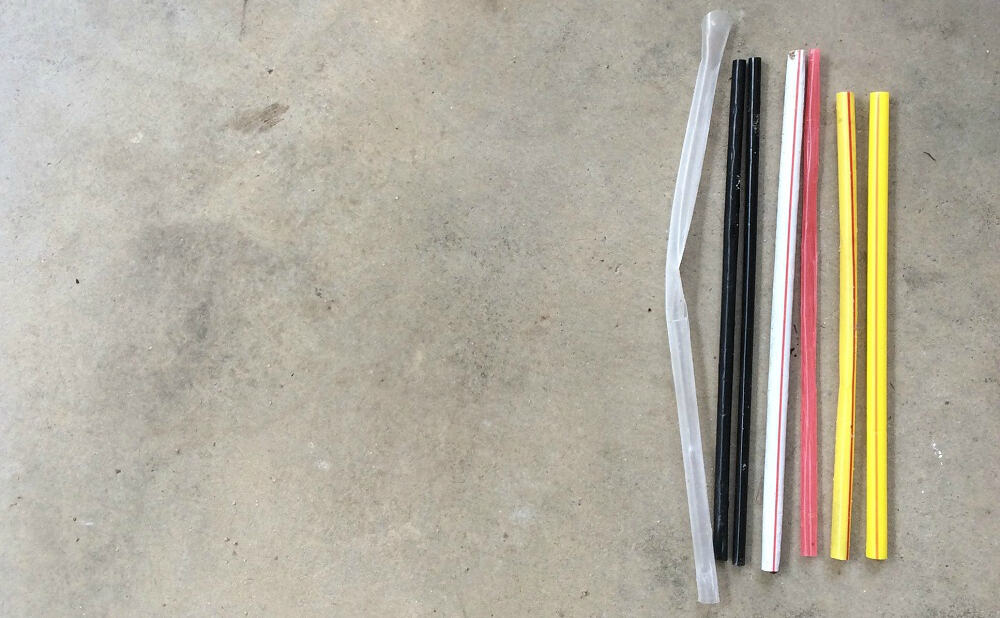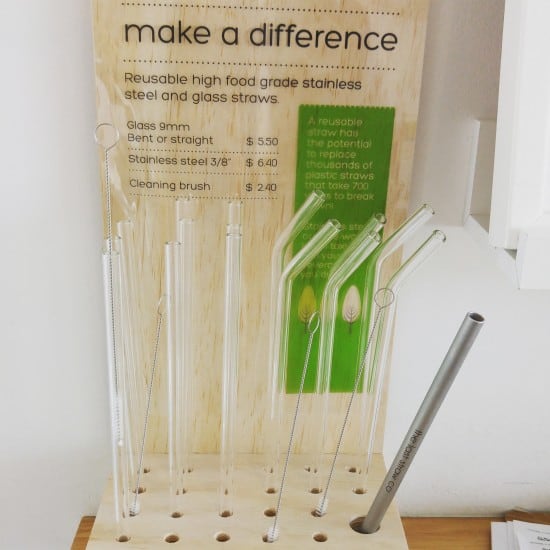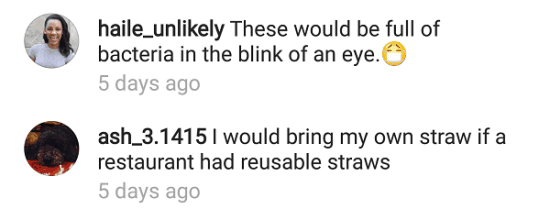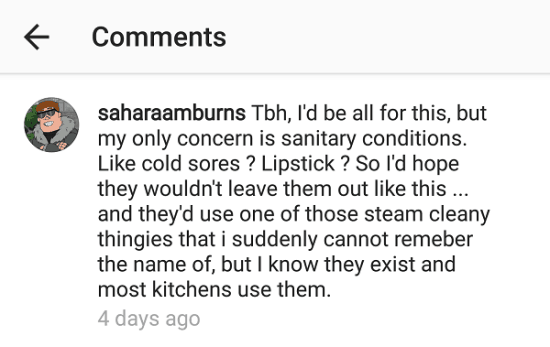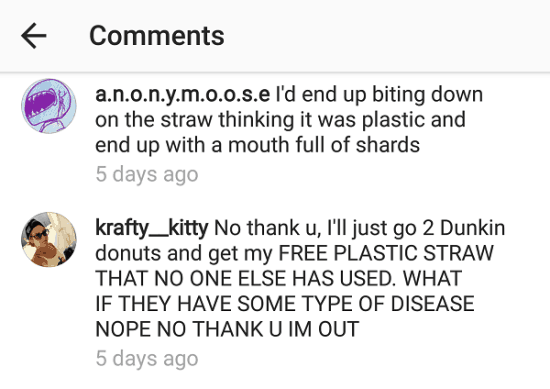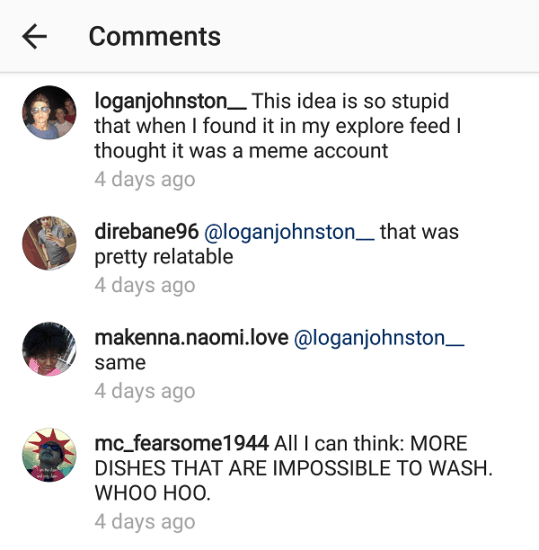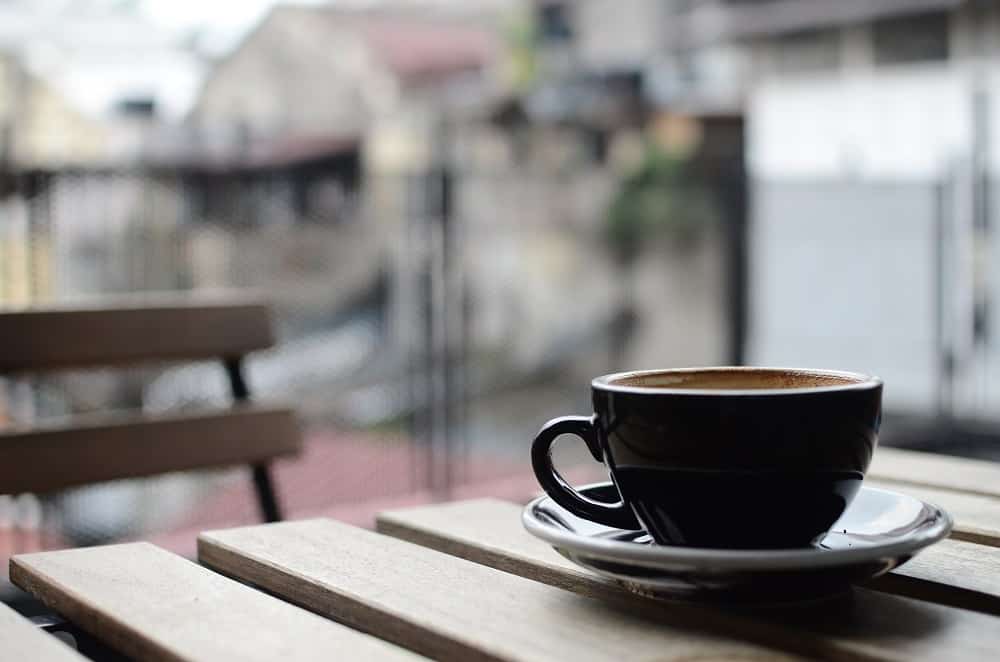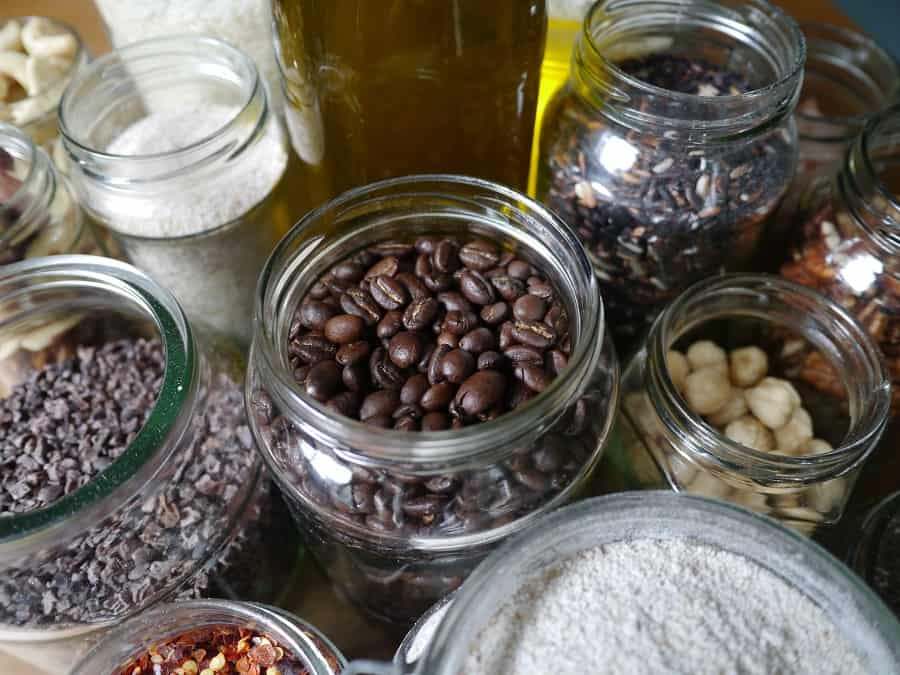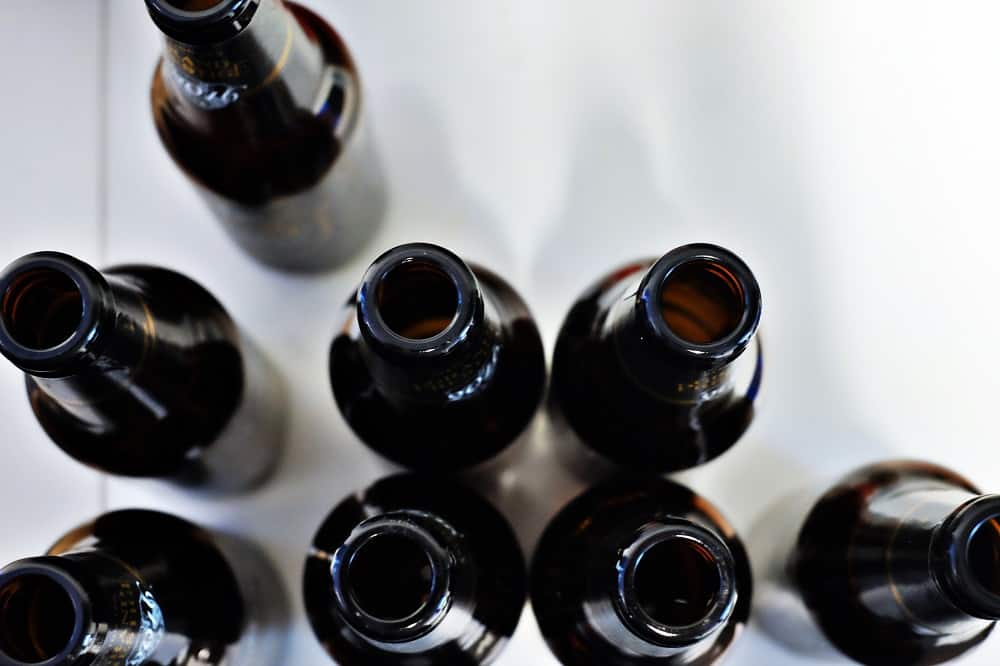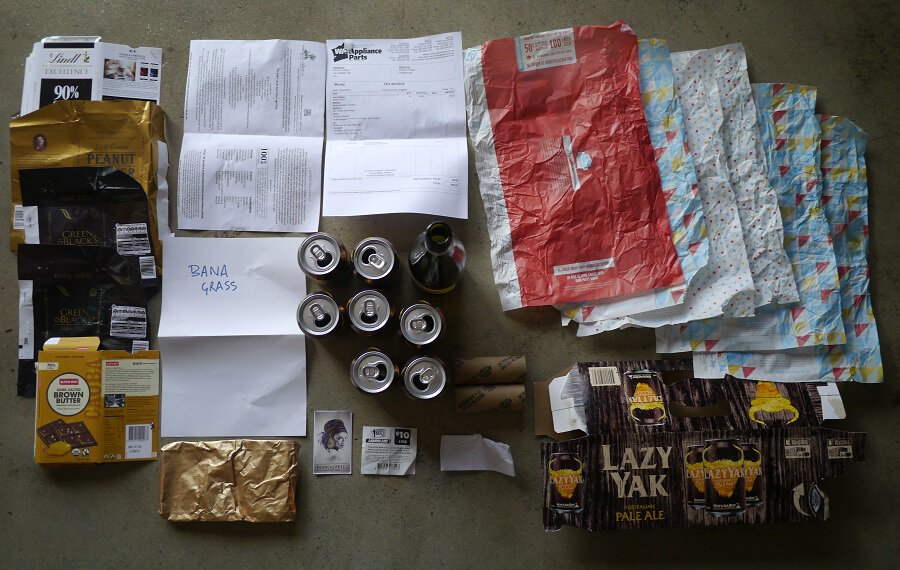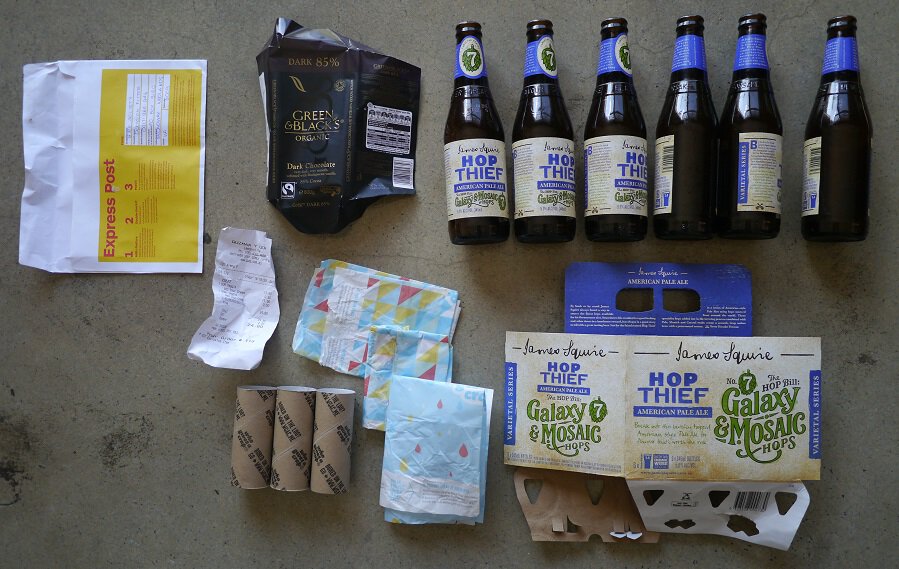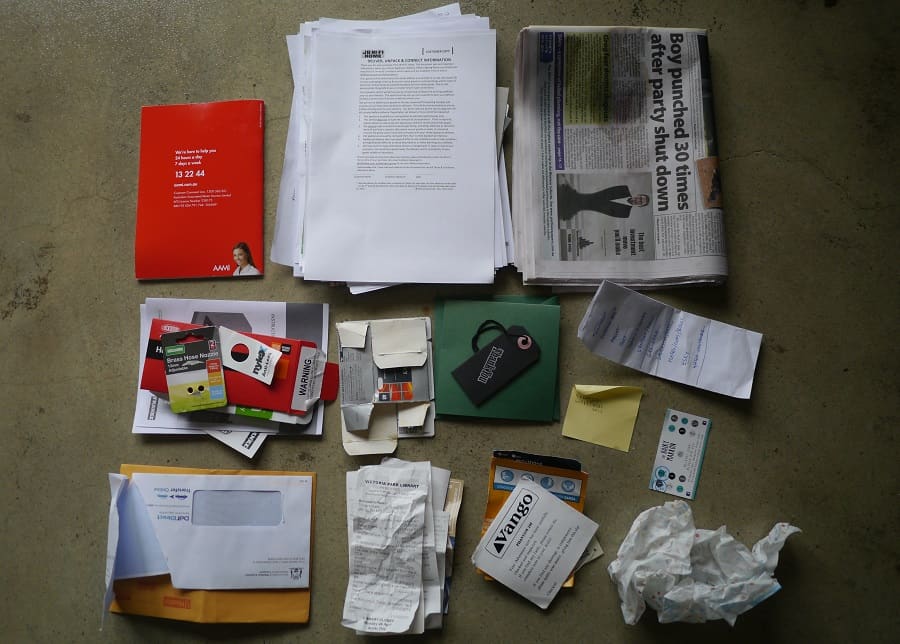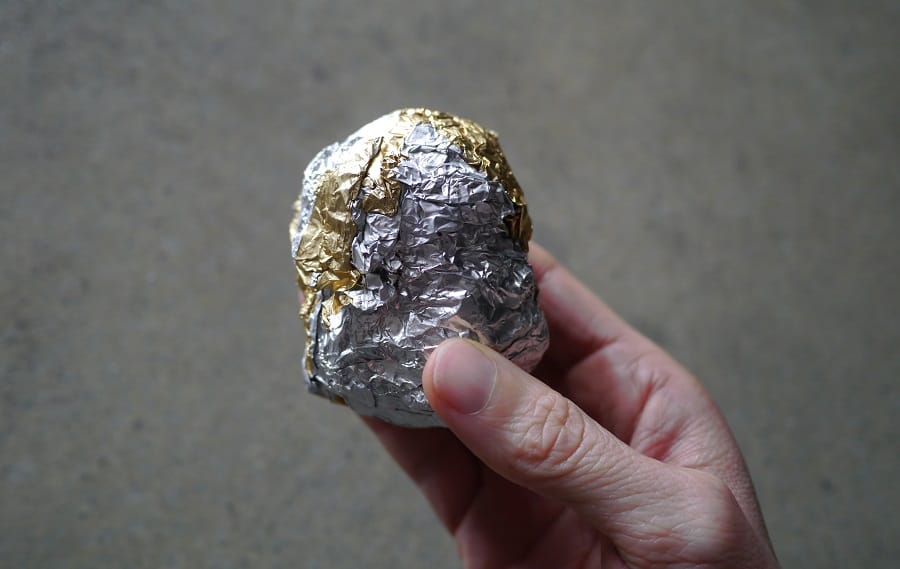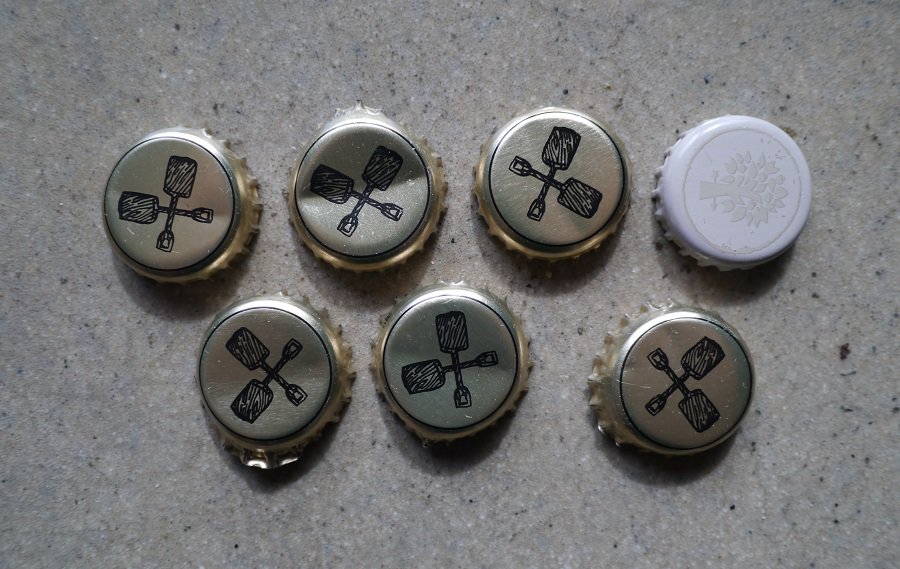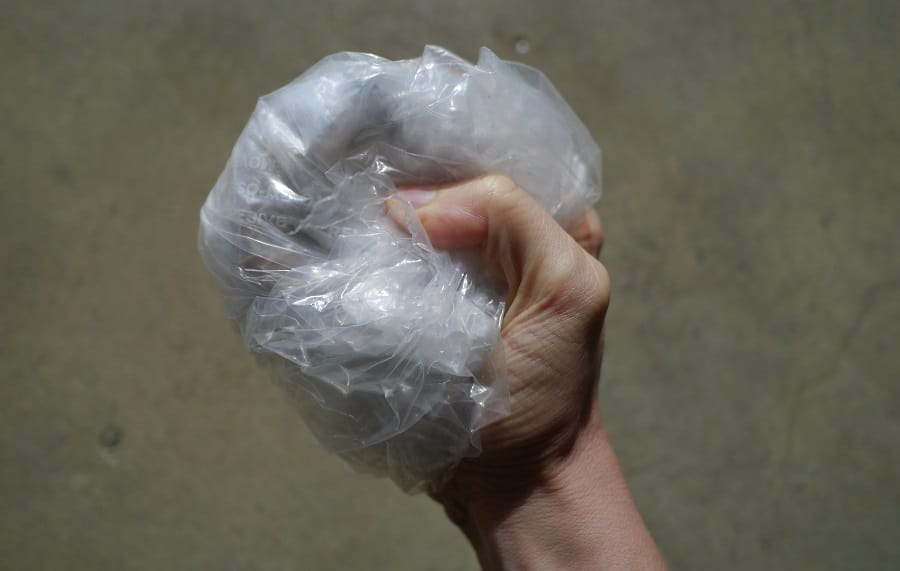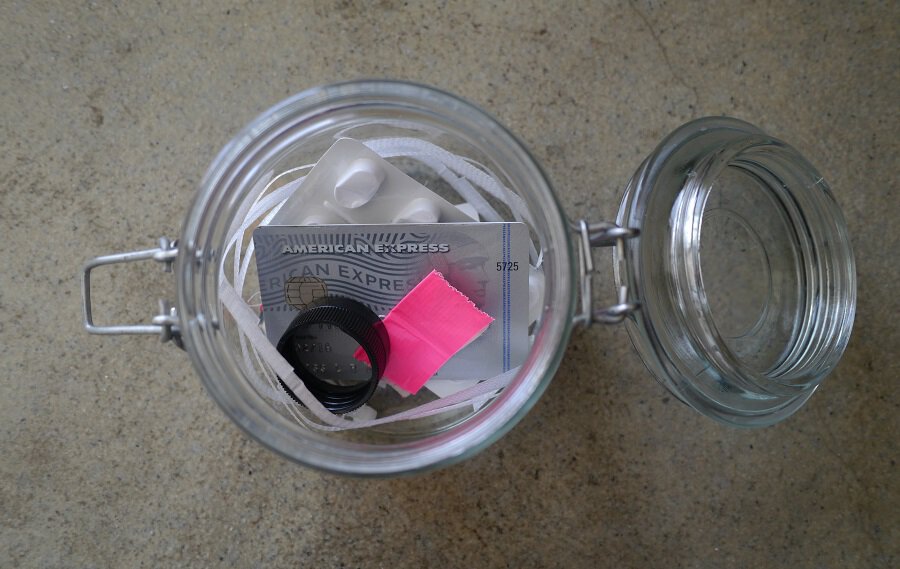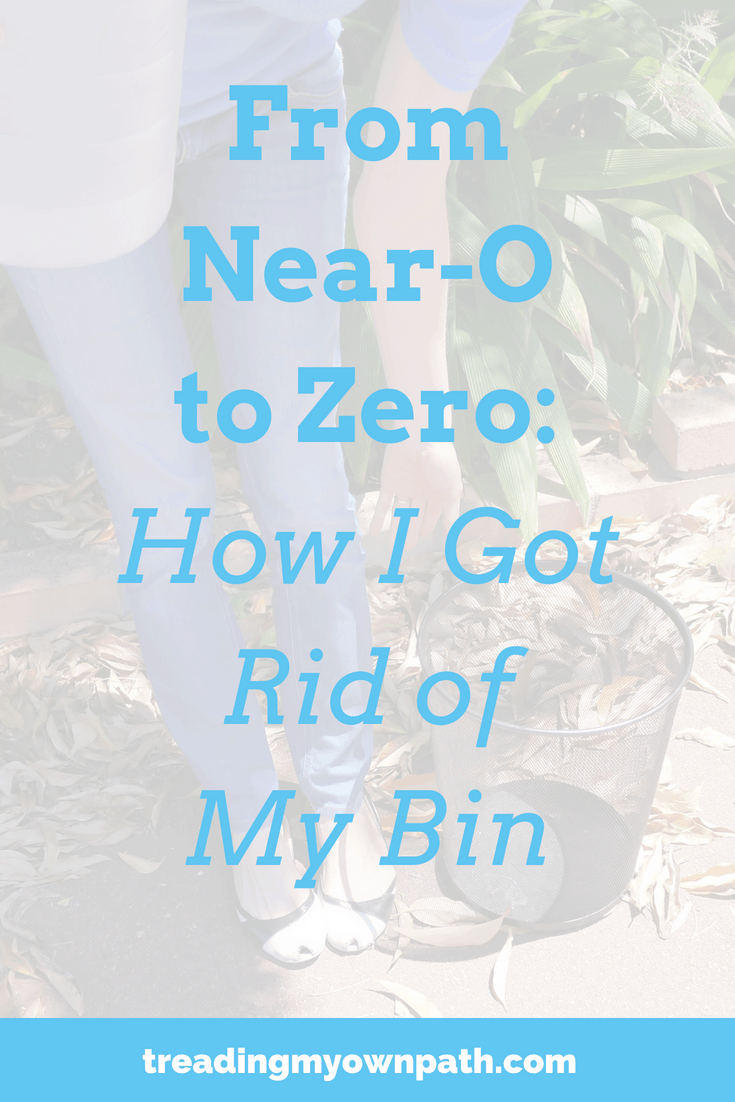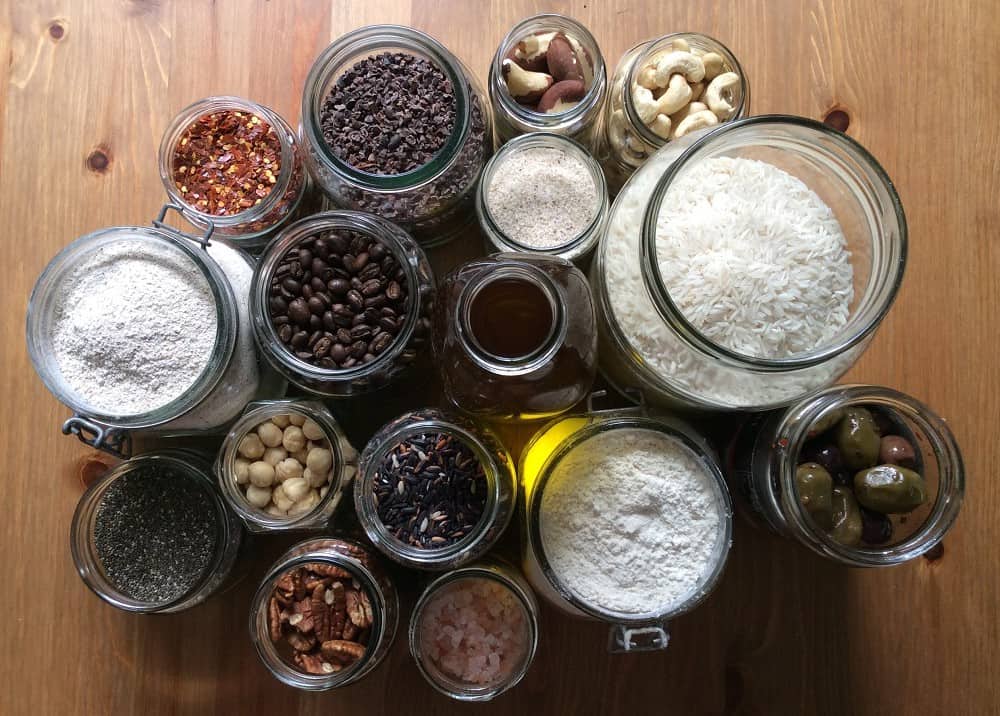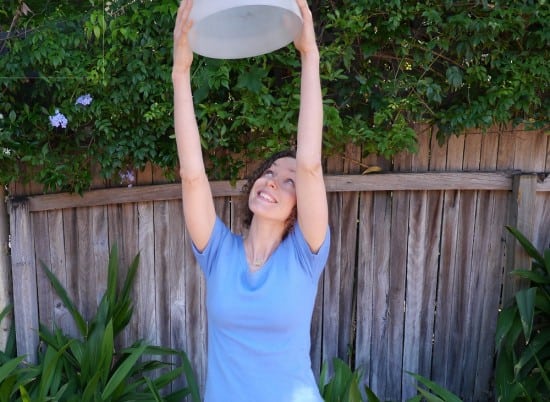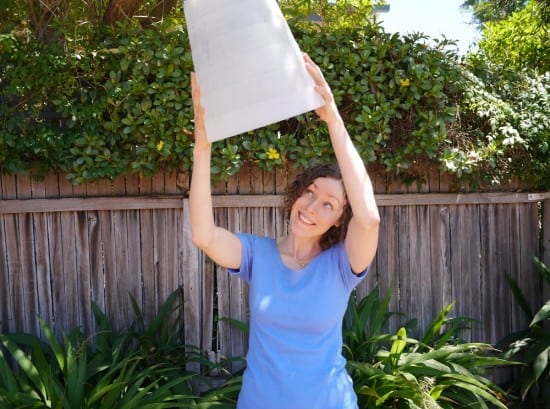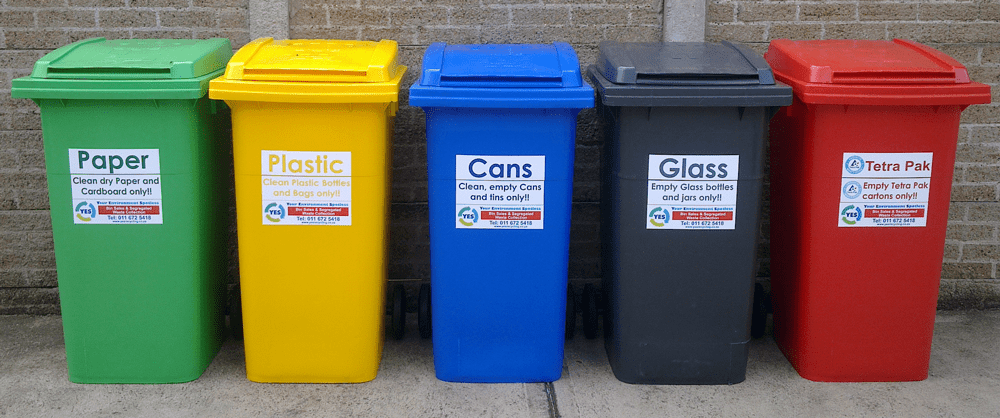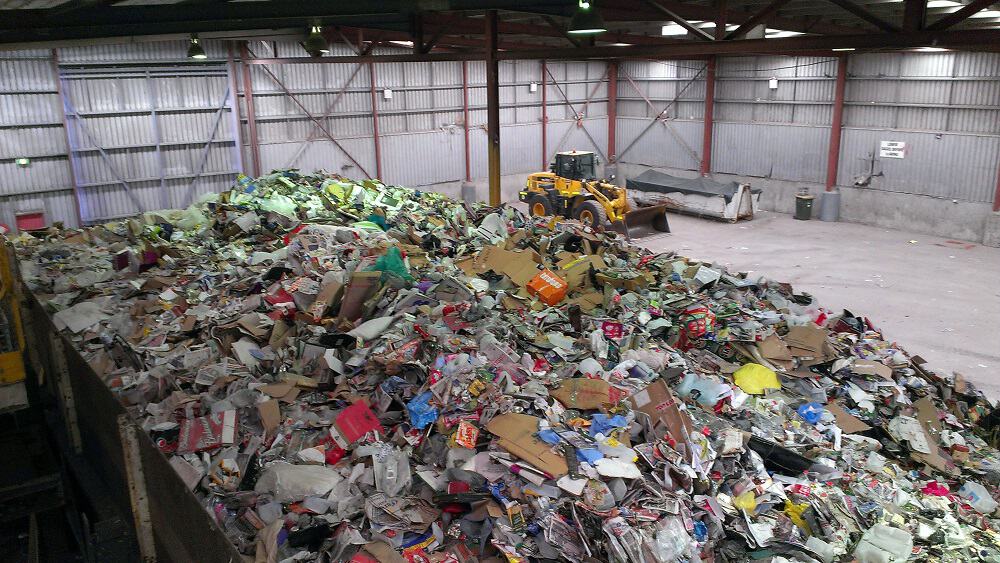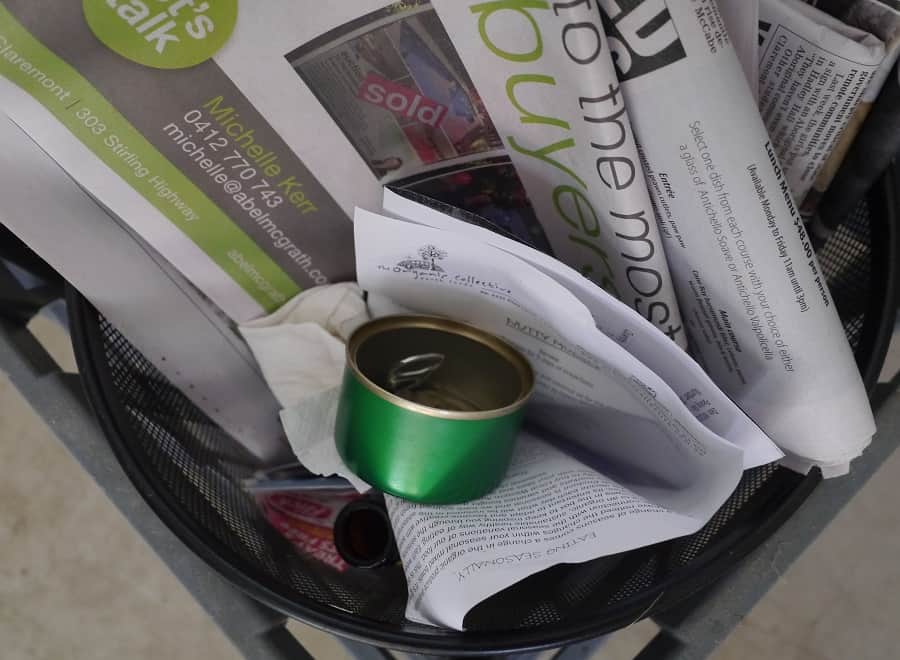Where to Find Zero Waste + Plastic Free Essentials Online
As someone who does her best to discourage shopping, I’ve put off writing this guide. For years. Yet I’m regularly asked where to find certain eco-friendly products. And yes: there are certain items that make living plastic-free and zero waste easier. The purpose of this website is to make it easier for people to live more sustainable, ethical, plastic-free and zero waste lives. Very occasionally, that means stuff.
I’ve put this resource together to help anyone looking for zero waste or plastic-free alternatives. I would always encourage everyone to use what they have first, and to look for second-hand options before buying anything new. Borrowing things from friends to establish whether you will actually use them before buying is also recommended.
I would also plead: shop as local as possible, and support independent stores. We all bemoan the lack of choice, the rise of big box stores and the demise of the independent store. Yet when we buy something, the temptation is often to choose the cheapest option, rather than the most ethical.
Remember, when we buy things, we vote with our money for the companies we want to support and the kind of future we want to see.
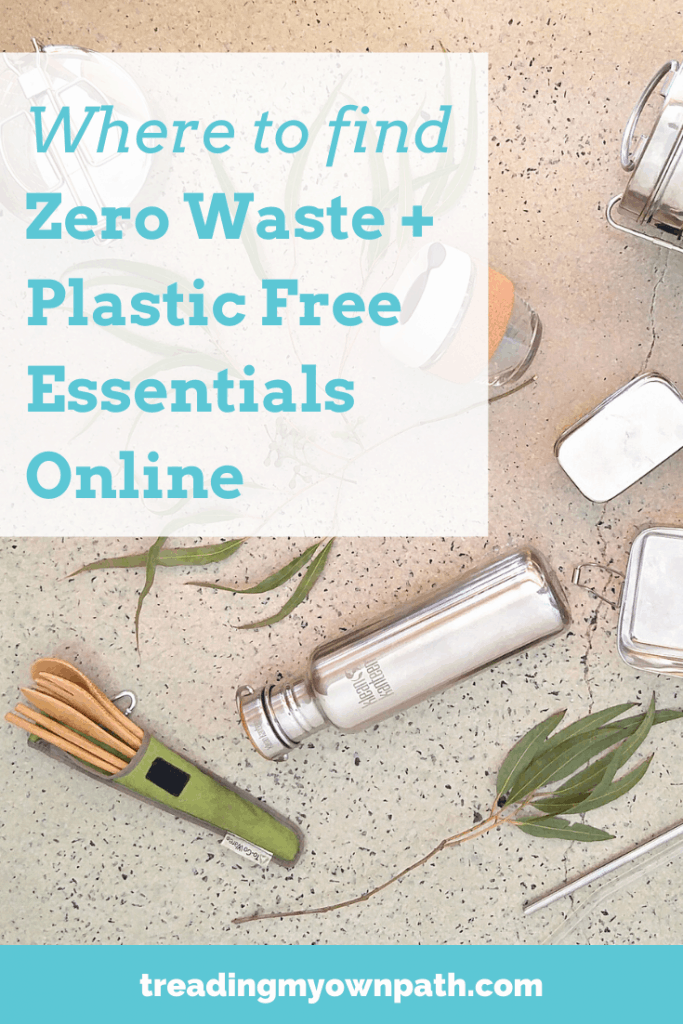
Zero Waste and Plastic Free Online Shopping
I’ve tried to feature stores that have a range of products, rather than just one or two offerings. This list is only as good as my personal experience and the feedback and recommendations I receive. If you know of a store I should add to this list – please tell me!
The most zero waste option is always to buy from a physical store rather than to purchase online, where the option exists. The next best option is to choose the most local online store to you. Etsy is a handmade marketplace and is a great place to find handmade produce bags, reusable bags and other crafted items, and to support local producers.
Zero Waste and Plastic Free Online Shopping, Australia
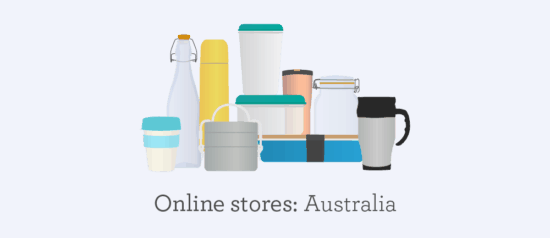
Biome Eco Store
An online store (with stores in Brisbane) that isn’t exclusively plastic-free or zero waste but with a very high proportion of zero waste products. They do have a dedicated “No Waste and Plastic Free” section, and also ship their products without using plastic.
Great for: stainless steel and glass lunchboxes and containers, water bottles, reusable straws, icy pole moulds, cutlery, glass jars, bamboo dental care, and lots more.
W: biome.com.au
Delivery: Australia (Free Delivery over $130); international delivery at cost
…
Shop Naturally
An online store (with pickup from their warehouse available in NSW) is an online health and wellbeing store with a fair range of plastic-free products in bamboo and stainless steel, and BPA-free silicone.
Great for: water bottles, bamboo kitchenware, glass food storage, popsicle moulds and ice cube trays.
W: shopnaturally.com.au
Delivery: Australia only (free shipping starts at $100 spend and minimum spend increases with weight and postcode).
…
Flora & Fauna
Flora & Fauna is a vegan, cruelty-free and eco-friendly online store selling everything from fashion to homewares, dental care to reusables. Not everything in their store is zero waste or even plastic-free, but they do have a range of options spread across their categories. They also sell some unusual products including copper water bottles.
W: floraandfauna.com.au
Delivery: Worlwide. Austalia: $6.95 for orders up to $50.00, free delivery over $50. Some smaller items have free shipping with no minimum spend. New Zealand: shipping from $10 via DHL. Worldwide shipping from $15 via DHL.
…
Dandelion Eco Store
An online health and wellbeing store based in Perth, WA (with pickup available from the Growers Green Farmers Market, South Fremantle on Sundays). Rachel has a growing collection of stainless steel and plastic-free food storage and food preparation containers.
Great for: plastic-free food storage solutions including lunchboxes, water bottles, other reusables.
W: dandelionecostore.com.au
Delivery: Australia only (Free shipping to Perth metro over $50; $15 flat rate shipping for Australia-wide metro with spends up to $299; free shipping Australia-wide metro for spends over $300; rural Australia shipping calculated by weight and postcode).
…
Urban Revolution
An online eco-store based in Perth with a range of plastic free items and reusables and a big focus on natural and compostable options, that ship all parcels with reused materials and avoids plastic where possible.
W: urbanrevolution.com.au
Delivery: Australia only (delivery calculated by weight; local pickup available)
…
Ecolosophy
An online eco-store with a range of plastic free items and reusables, that ship all parcels without plastic tape or packaging.
W: ecolosophy.com.au
Delivery: Australia only ($9.95 under $150, free delivery over $150)
…
Going Green Solutions
An online store based in Melbourne (with local pickup available from Hurstbridge, Melbourne) with two main categories: green catering & packaging; and eco home & lifestyle. Has a broad range of products with some less-commonly found items including make-up refills.
W: goinggreensolutions.com.au
Delivery: Australia only (free delivery over $100 if less than 3kg; heavier orders calculated by weight; local pickup available)
…
The Source Bulk Foods
As the name suggests, The Source Bulk Foods are predominantly a food retailer. They are passionate about zero waste living and reducing plastic though, and have a number of reusables for sale on their website or at their 33 stores across Australia including beeswax wraps, produce bags, Planet Box lunchboxes and water bottles.
W. thesourcebulkfoods.com.au
Delivery: Australia only (from $9.95; price dependent on postcode and weight of order)
Zero Waste and Plastic Free Online Shopping, USA and Canada

Life Without Plastic
An online store dedicated to offering products that are plastic-free, this store has everything you might need (and no doubt, plenty you don’t!) for living a plastic-free and zero waste lifestyle. All of the products are made with stainless steel, glass and wood.
W: lifewithoutplastic.com
Delivery: Flat Rate Shipping to North America & Canada (excluding Hawaii & Alaska); International Delivery at cost.
…
Mighty Nest
An online store with a focus on natural, organic and non-toxic products, with lots of glass, stainless steel and non-plastic options.
W: mightynest.com
Delivery: USA (free delivery over $50 except Alaska, Hawaii and US Territories), Australia and Canada (delivery at cost)
…
The Ultimate Green Store
This isn’t a plastic-free or zero waste store as such, and there are no dedicated categories. There are lots of natural products and recycled materials, and the range is huge. The store offers bamboo homewares, recycled glass products and a small selection of reusables. You won’t find specialist zero waste products here but it is helpful for the basics. They also have a big range of organic natural clothing.
W: theultimategreenstore.com
Delivery: USA only (except by special request)
…
Tiny Yellow Bungalow
A small eco-store based in Athens, Georgia (local pickup is also available) dedicated to zero waste living, which also sells a small number of vintage items.
Great for: vintage and arty zero waste items, and reusables.
W: tinyyellowbungalow.com
Delivery: USA (price per order value; orders over $100 cost a flat rate $15), International ($26 for orders under $150, $36 for orders over $150)
…
Wild Minimalist
A small zero waste online store based in San Rafael, California which also sells a small number of vintage items. They are committed to packaging items plastic-free, and use recyclable materials where possible.
W: wildminimalist.com
Delivery: USA and Canada (shipping calculated at checkout; free standard delivery for orders over $75 to the Continental U.S. & Canada)
…
NU Grocery (Canada)
An online zero waste store with a growing collection of zero waste products under five categories. They also ship their products completely plastic-free and all packaging is fully recyclable.
W: nu-grocery.myshopify.com
Delivery: Canada only ($10, free delivery on orders over $85)
…
PAREdown Home (Canada)
An online zero waste store with a small range of products, most of which are plastic-free.
W: paredownhome.com
Delivery: Worldwide, no prices listed.
Zero Waste and Plastic Free Online Shopping, UK and Ireland

A Slice of Green
The sister site of Green Tulip (listed below), A Slice of Green products are focused on waste minimization and the mantra “reduce-reuse-recycle”. Not all products are plastic-free, but the emphasis is on reusables and sustainability. Focussed on food preparation, storage and transport.
W : asliceofgreen.co.uk
Delivery: UK (free delivery over £30, costs £2.95 under £30), international delivery at cost (on request)
…
Green Tulip
An ethical gifts website with 6 core values: organic, natural, British, recycled, sustainable and fair trade. Their sister site A Slice of Green focuses on food-based reusables, but Green Tulip has plenty of sustainable alternatives to conventional products including garden, wellbeing and recycled glass.
W: greentulip.co.uk
Delivery: UK (free delivery over £30, costs £2.95 under £30), international delivery at cost (on request)
…
Boobalou
Boobalou is a small UK company working to reduce household waste, with a huge focus on family-friendly reusables. There are four main categories: eco lady, eco baby, eco home and eco living. Whilst not everything is plastic-free, the majority is, and all of the products are more eco-friendly than conventional alternatives.
Great for: anyone with babies, young kids and families.
W: boobalou.co.uk
Delivery: UK (free delivery over £50, costs £2.85 under £50), International (£6.85 flat rate; large orders at cost)
…
Less Plastic
This small online store is committed to promoting the plastic-free way of life, and all products are designed to live without (or with less plastic). Most products are for food prep, storage and transport, with a real emphasis on stainless steel reusables.
W: lessplastic.co.uk
Delivery: UK (£3.50 under £50, free delivery over £50), international delivery on request
…
Eqo Living
A small online store and family business committed to offering eco-friendly, reusable products for living with less waste. Most products are for food preparation, storage and transport.
W: eqoliving.com
Delivery: UK only (£4.90 standard delivery under £100, free delivery over £100)
…
&Keep
Based in Dorset, this online homewares store stocks products chosen with the idea that they are bought “once” and will last forever. Lots of natural materials and fibres, and a selection of reusables.
W: andkeep.com
Delivery: UK only (Standard delivery £1.99, free delivery over £50
…
Ethical Superstore
This isn’t a plastic-free or zero waste store as such, and there is plenty of plastic! But there is such a vast array of products (it is definitely a superstore!) that there are some zero waste options. They have a home composting section, bamboo homewares, and a small selection of reusables. You won’t find specialist zero waste products here but it is helpful for the basics. They also have a big range of organic natural clothing.
W: ethicalsuperstore.com
Delivery: UK and Ireland only (free delivery over £50)
…
Natural Collection
Owned by the same company as Ethical Superstore, this online shop has many of the same products but they seem to run different offers, so it may be worth checking both.
W: naturalcollection.com
Delivery: UK and Ireland only (free delivery over £50)
Anything But Plastic
A small online eco store selling a limited range of plastic-free products including personal care items (dental floss, soap and make-up).
W: anythingbutplastic.co.uk
Zero Waste and Plastic Free Online Shopping, Europe
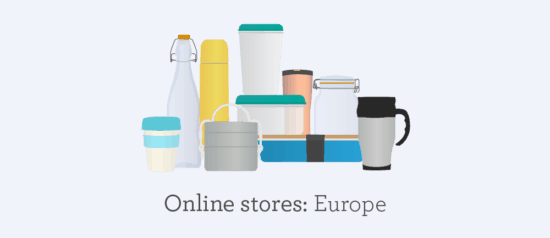
European stores are divided into two sections: those with English versions and those without. (The latter are presented as a list simply because I am unable to read them to give a more detailed account of their offering!)
Sinplastico (Spain)
A Spanish website (with English and French translations) that focuses on alternative products to plastic. There are five categories: kitchen, bath & body, home, kids & babies, and takeaway.
W : sinplastico.com
Delivery: Europe (Spain and Portugal €3-10 under €120, free over €120; France €10 under €120, free over €200; rest of Europe €15 under €120, €10 over €200)
Non-English Online Zero Waste Stores:
France:
Sans BPA
W: sans-bpa.com
Hakuna Tata – Boutique Zero Dechet
W: boutiquezerodechet.com
Czech Republik:
Econea
W: econea.cz
Germany:
Laguna
W: laguna-onlineshop.de
Monomeer
W: monomeer.de
Original Unverpackt
W: original-unverpackt.de
Plasno
W: plasno.de
Plasticarian
W: einfach-ohne-plastik.at
Zero Waste Laden
W: zerowasteladen.de
Zero Waste Shop
W: zerowasteshop.de
Greece
Sapontina
W: sapontina.gr
Netherlands:
Babongo
W: babongoshop.nl
Ecomondo
W: ecomondo.nl
Bag-Again NL
W: bag-again.nl
Younetics
W: younetics.nl
Now I’d love to hear from you! Please help make this list as useful as possible to as many people as possible! If you know of a store that’s missing, please let me know in the comments so I can add it to the list. If you have any experiences of these (or other) stores, please share away and let everyone know your thoughts – good and bad! Any other tips or alternatives to find products also welcome. Tell me what you think in the comments below!
[leadpages_leadbox leadbox_id=1429a0746639c5] [/leadpages_leadbox]
Disclaimer: These companies have been included by me or recommended by my readers as great online stores to purchase zero waste or plastic-free products, based solely on their product offering, ethics and customer service. No store has paid me to be featured on this list. Whilst I have not personally shopped at all of these stores, I can recognise products that I own or recommend in their pages, and I trust the opinion of my readers. This post contains some affiliate links which means if you click a link and choose to purchase a product, I may be compensated a small amount at no extra cost to you. This in no way affects my recommendations as my priority is always you, my readers.

